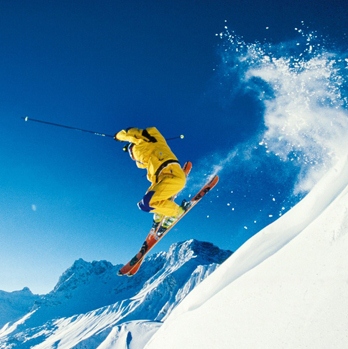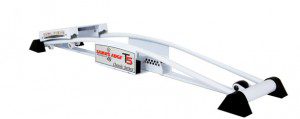How To Avoid Skiing Injuries
Avoid Skiiing Injuries
It’s the time of year when many people are looking forward to their much awaited skiing trip. While hitting the slopes is an enjoyable and rewarding sport, unfortunately aches and pains and injuries can be an all too common feature of this popular pastime. Cardiff’s Recovery and Beyond Physiotherapy offers some top tips to avoid those skiing injuries.
Knee: Pain in the knee is often caused by excessive stresses on the patella tendon or on the inner surface of the knee cap. Anterior knee pain responds very well to physiotherapy with specific stretching, strengthening and core stability exercises. Sports massage can also be helpful by loosening up tight muscles and assisting in maintaining lower limb function. A biomechanical assessment to identify any weakness, followed by a tailored exercise programme may help to prevent knee problems.
Knee ligament injuries: Ligament sprains of the knee are common. The ligaments run inside and along either side of the knee joint and provide stability when it bends. Injury can range from a few torn fibres to complete rupture. Depending on the severity of injury, either surgery or conservative treatment with physiotherapy will be needed.
Shoulder: Acute shoulder injuries, more prevalent in snowboarders. Common injuries include fractures, dislocations and soft tissue strains and sprains. Good technique and conditioning should reduce the likeliness of a fall while clenched fists and keeping your arms tucked when coming off a snowboard could reduce the impact of a foreseen fall. Early physiotherapy management of most of these conditions should ensure a speedy recovery and promote the best possible recovery.
Skiers thumb: Skiers thumb accounts for 10% of all skiing injuries. Falling onto the hand with the stick held firmly can cause damage to the ligaments supporting the base of the thumb. Partial tears can be treated conservatively with physiotherapy to restore range of movement and function. Like all ligament injuries protection, rest, ice, compression and elevation will promote best possible recovery. To help prevent skiers thumb, unless you are in deep powder snow and are concerned about losing your poles, do not use the ski pole loop as this greatly increases the chances of skiers thumb.
Snowboarders ankle: Snowboarders have their very own lower limb injury ‘snowboarders ankle. This is a fracture of the outside of the talus bone of the ankle and its symptoms are similar to those of an ankle sprain.
What can you do to reduce the risk of injury ?
Our advice is to begin a conditioning programme at least 4–6 weeks before departure. From November through to February we run Pre–ski assessments, ski fit, and advanced ski conditioning classes at our clinic.
These classes are run by our experienced physiotherapists who have a special interest in skiing and snowboarding. The small group classes allow for individual progression, and are suitable for those who are going skiing for the first time, those who are returning to skiing following an injury, and those who are wanting to improve their lateral movement, strength, agility and flexibility to maximise their potential on the slopes.
New for this season, we have in clinic, a ‘Skiers Edge’ technical ski conditioner which is used by professional teams around the world as part of their training.
Remember not every skier returns with an injury. We wish you an enjoyable, injury-free time on the slopes.
Gift Vouchers Available
02920 625551





